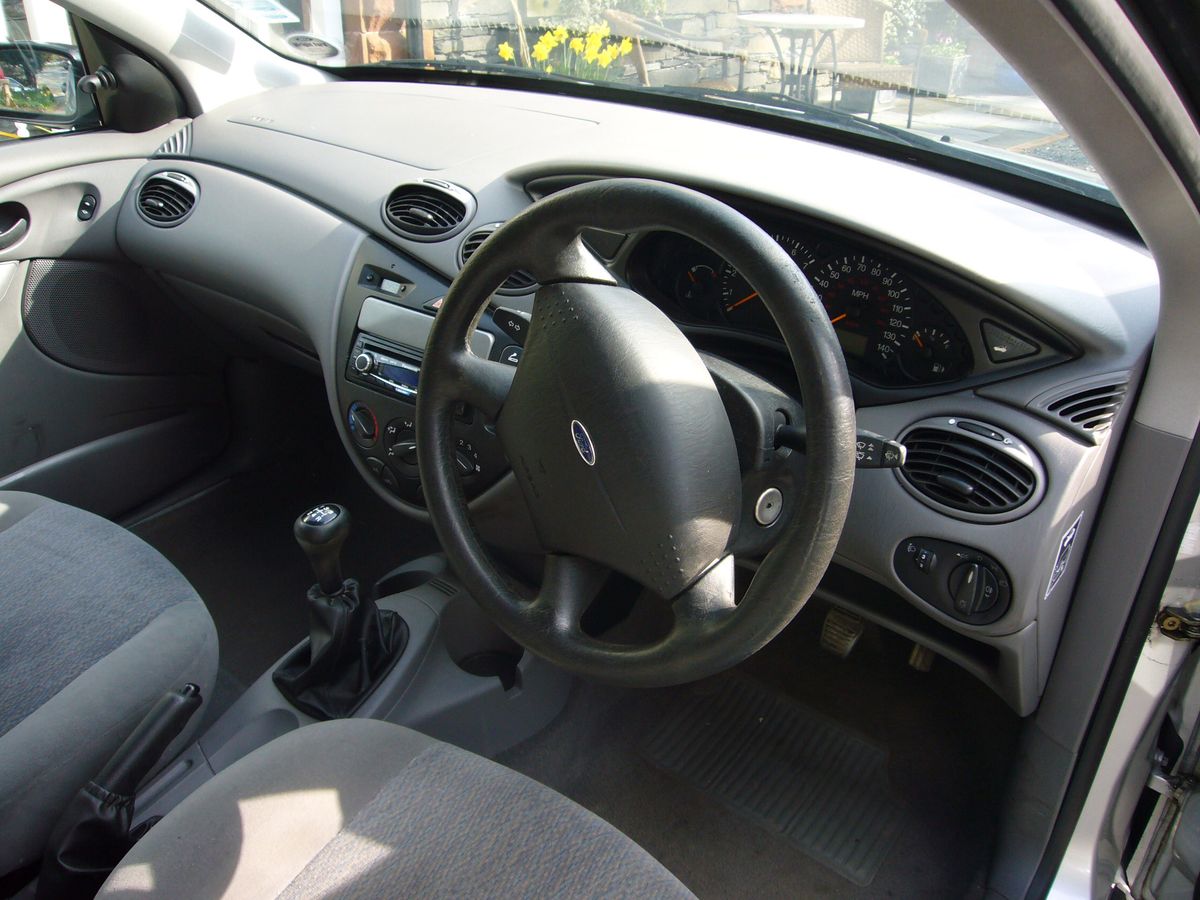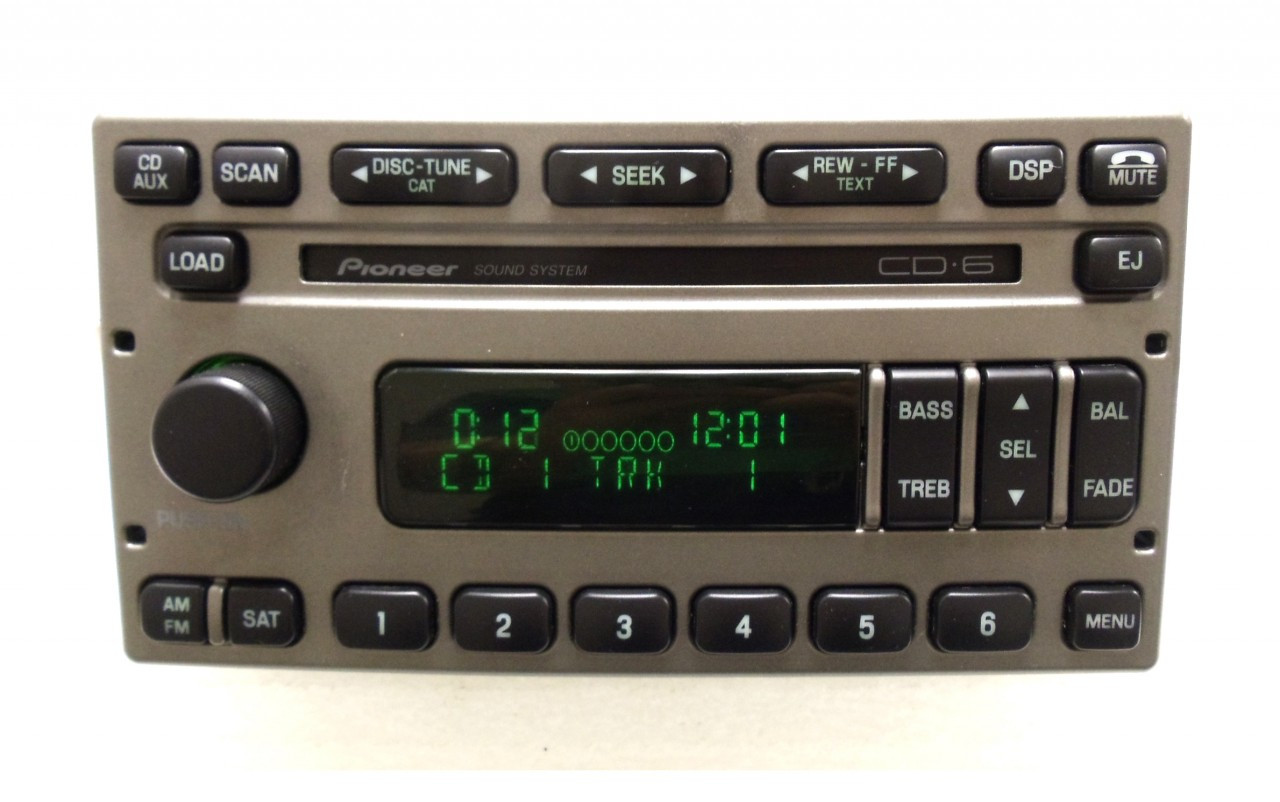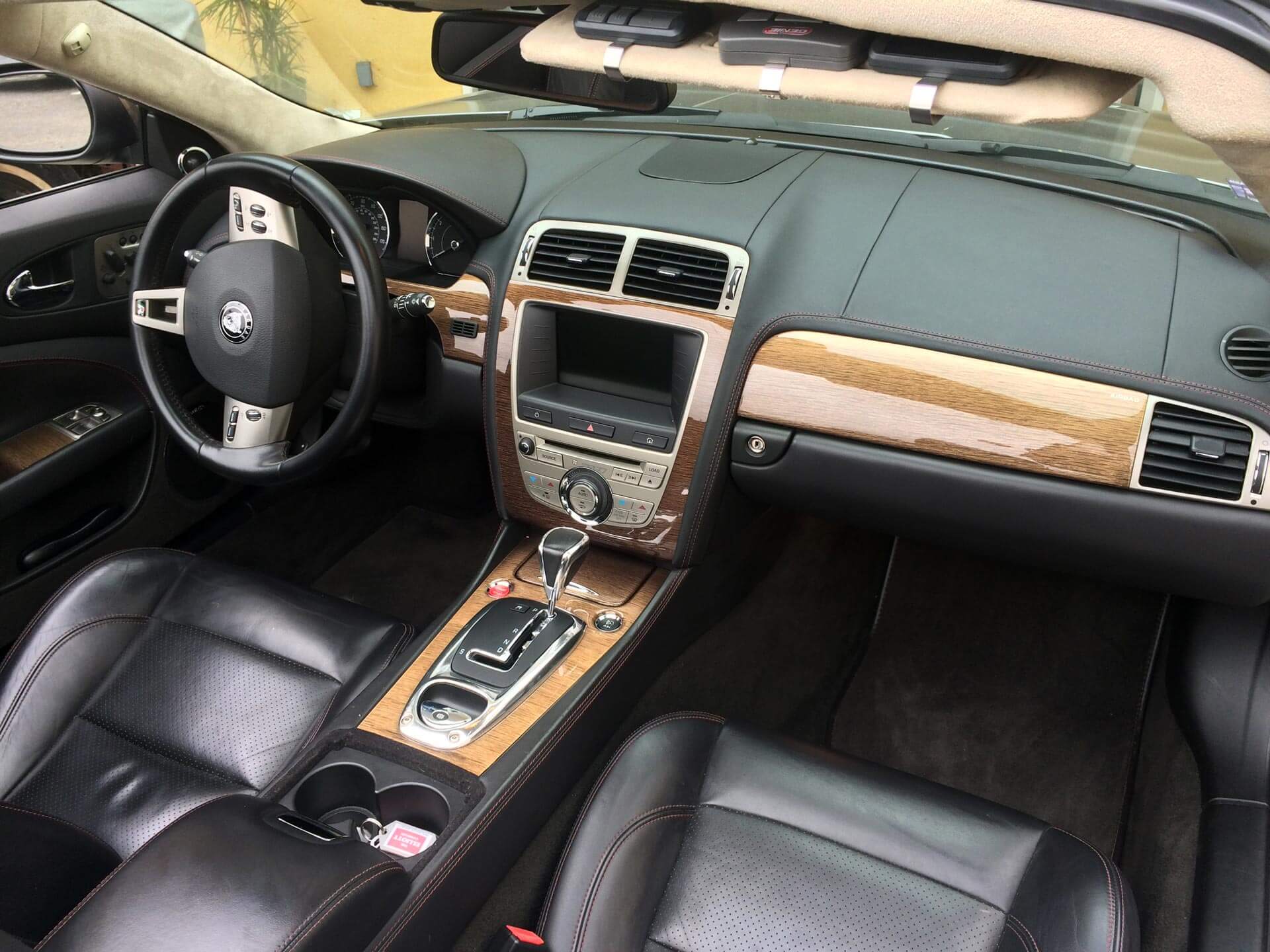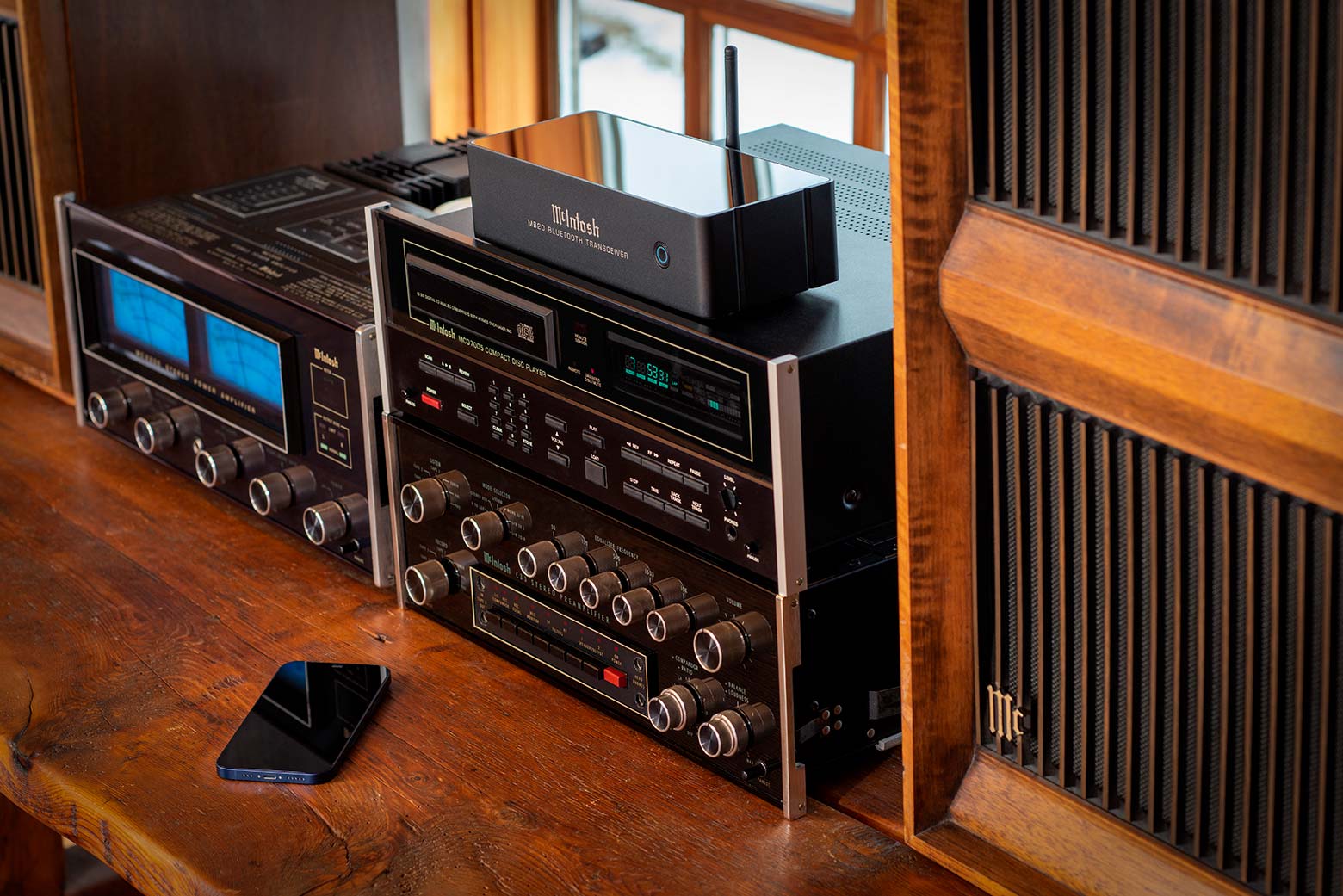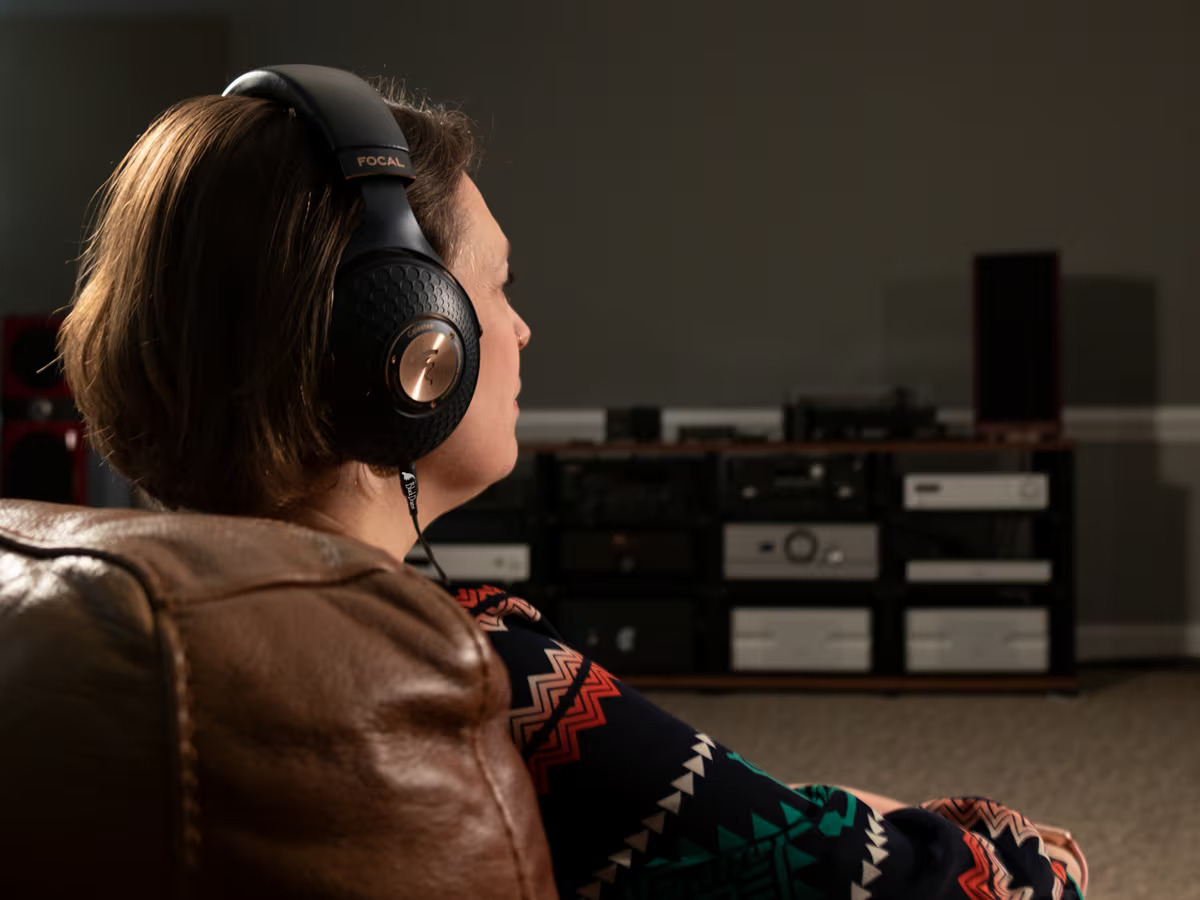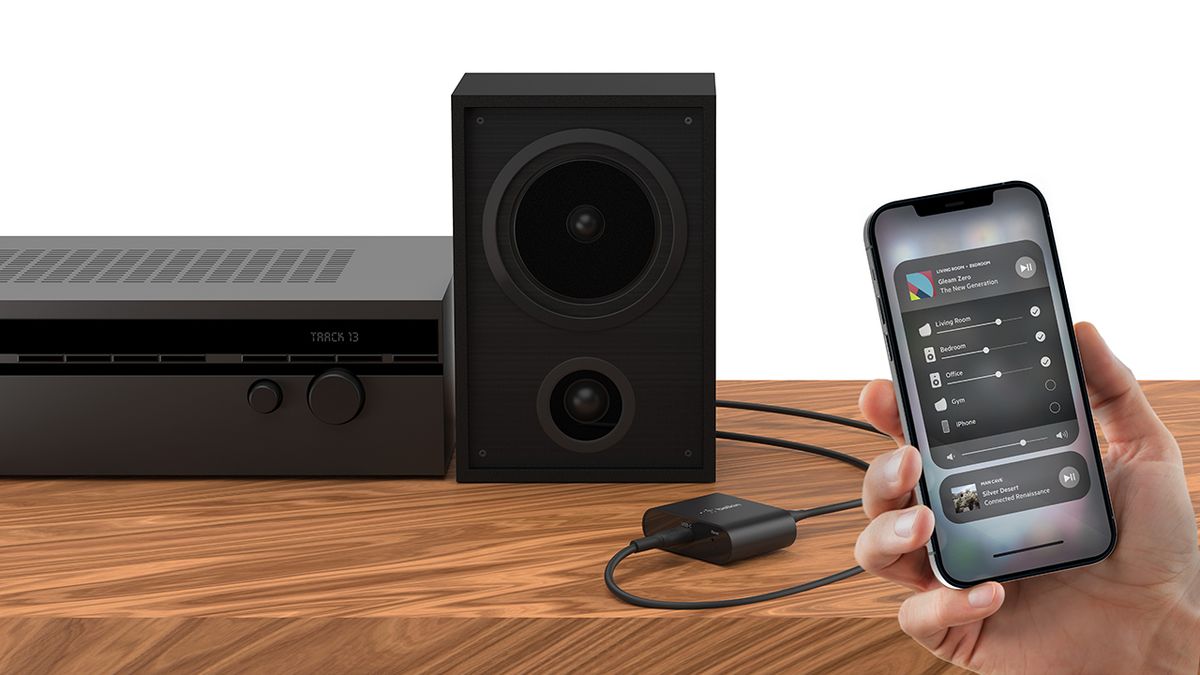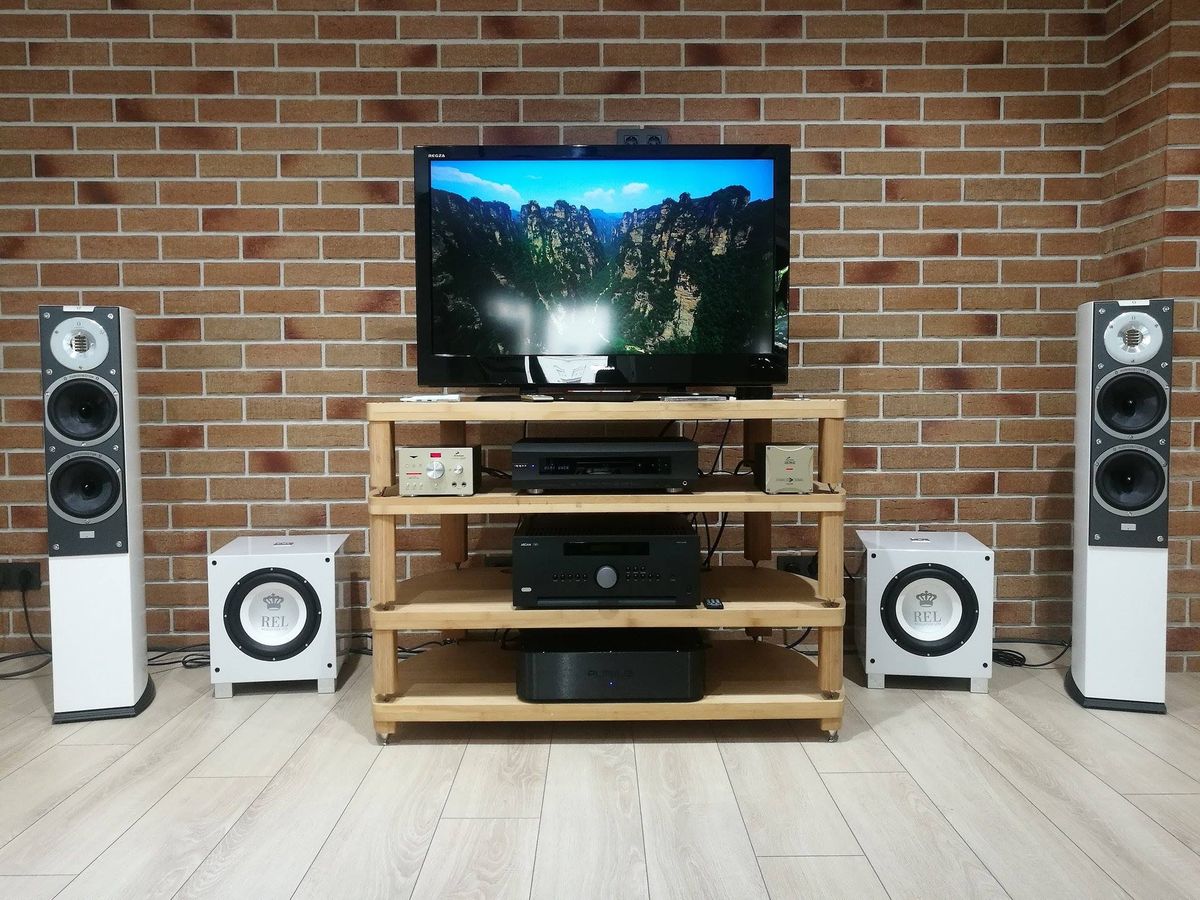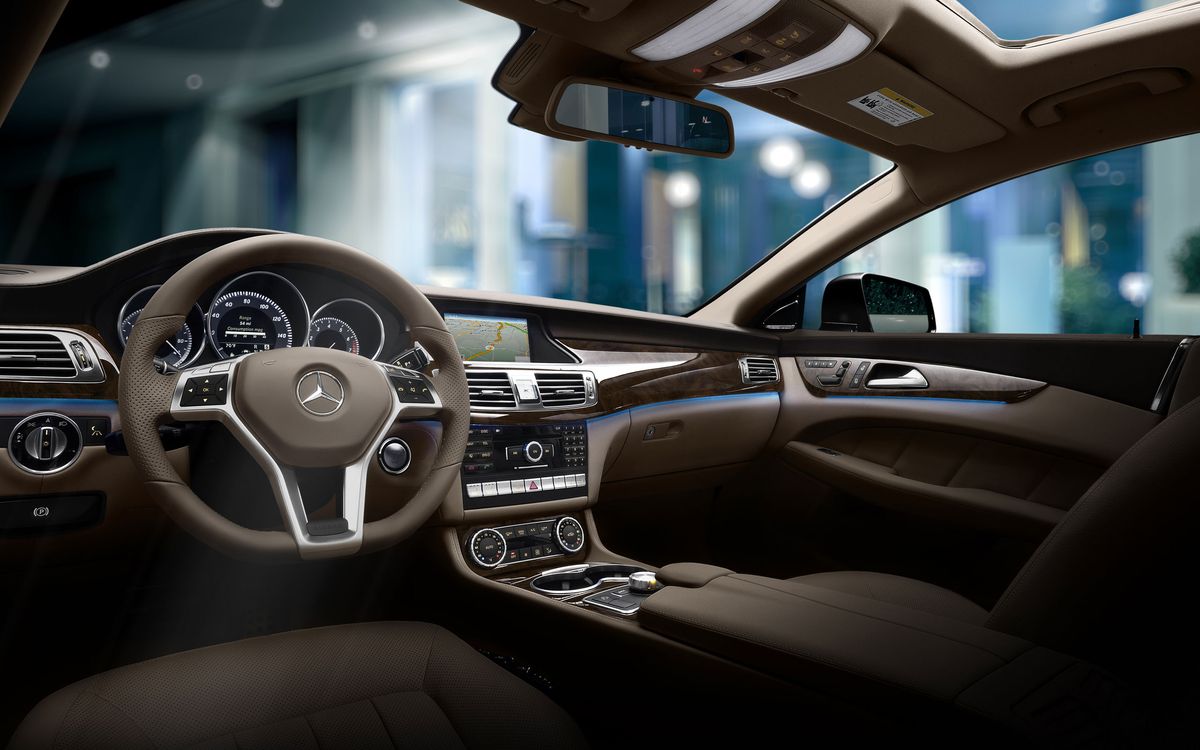Home>Production & Technology>Audiophile>What Is Audiophile Stereo System
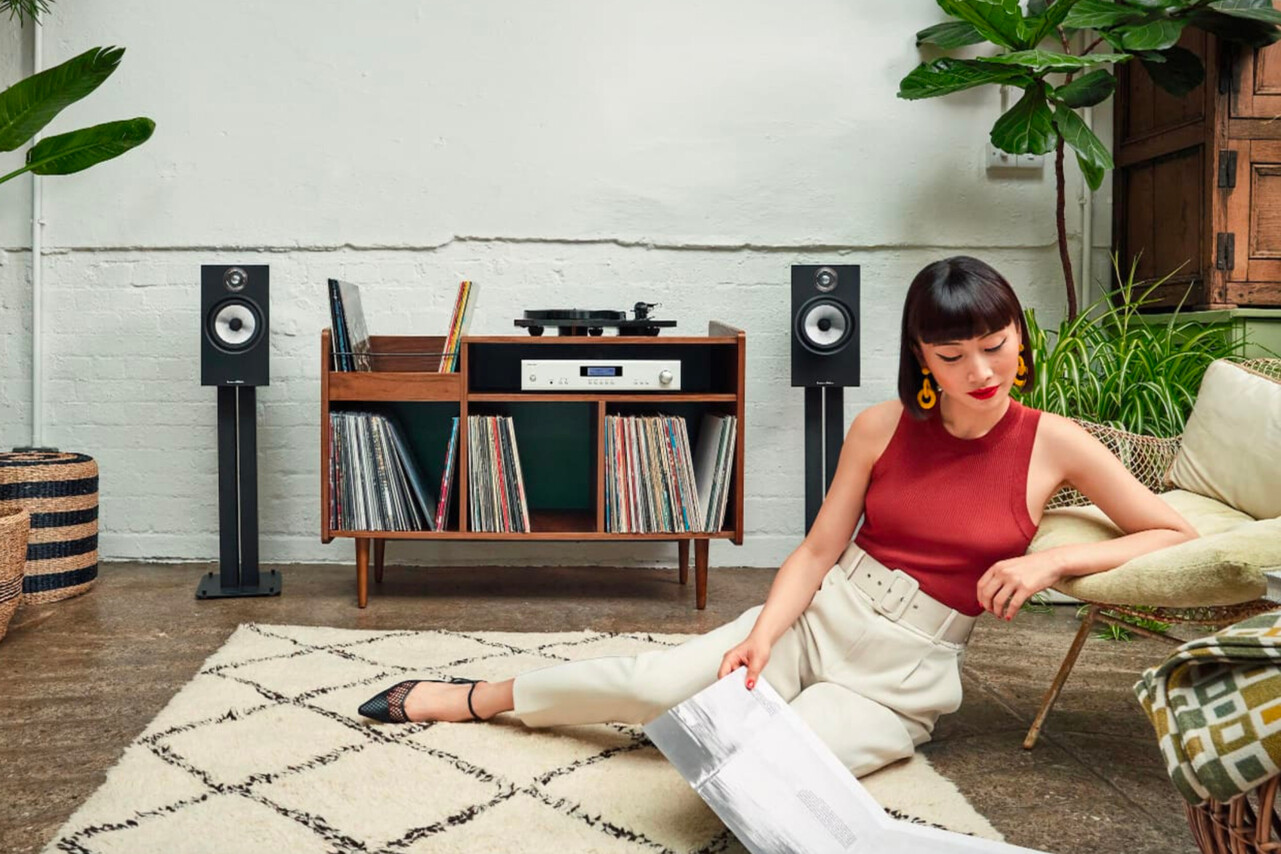

Audiophile
What Is Audiophile Stereo System
Modified: February 18, 2024
Discover the ultimate audiophile stereo system for unrivaled sound quality and immersive listening experience. Explore our curated collection of high-end audio equipment and elevate your audio journey today.
(Many of the links in this article redirect to a specific reviewed product. Your purchase of these products through affiliate links helps to generate commission for AudioLover.com, at no extra cost. Learn more)
Table of Contents
- Introduction
- Definition of Audiophile Stereo System
- Components of an Audiophile Stereo System
- Importance of High-Quality Audio in Audiophile Systems
- Factors to Consider When Building an Audiophile Stereo System
- Popular Audiophile Stereo System Brands
- Tips for Setting Up and Optimizing an Audiophile Stereo System
- Common Misconceptions About Audiophile Stereo Systems
- Conclusion
Introduction
Welcome to the world of audiophile stereo systems, where music comes alive with exceptional clarity, depth, and immersive sound quality. Audiophile systems are designed for discerning music lovers who appreciate the fine nuances and details in their favorite recordings. In this article, we will delve into the fascinating realm of audiophile stereo systems, exploring their components, benefits, and how to build and optimize one for the ultimate audio experience.
Listening to music on a high-quality audiophile system is a breathtaking experience. Every note, instrument, and vocal comes through with incredible precision, transporting listeners into the heart of the performance. Whether you’re a casual listener or a dedicated audiophile, investing in a top-notch stereo system can be a game-changer.
But what exactly is an audiophile stereo system? Unlike mass-market consumer electronics, audiophile systems are meticulously engineered to reproduce music with the utmost accuracy and fidelity. These systems are built with high-quality components that eliminate interference, distortion, and other factors that can degrade audio quality. The result is an audio playback that stays true to the original recording, capturing even the subtlest details that can get lost in lower-end systems.
While there is no standard definition for an audiophile stereo system, it typically involves a combination of several key components, each carefully selected for its audio performance. These components can include a high-quality amplifier, speakers, digital-to-analog converter (DAC), turntable (for vinyl enthusiasts), and various cables and accessories to optimize the audio signal flow.
Building an audiophile stereo system requires attention to detail and a keen understanding of your preferences and budget. It’s important to consider factors such as audio source, room size, and personal taste when selecting components. Additionally, setting up and optimizing the system in your listening space can greatly impact the overall sound quality.
In the following sections, we will explore the various components of an audiophile stereo system in detail, discuss the importance of high-quality audio, recommend popular brands, provide setup and optimization tips, and address common misconceptions surrounding audiophile systems.
Prepare to immerse yourself in a world of sonic bliss as we embark on this audiophile journey together.
Definition of Audiophile Stereo System
An audiophile stereo system is a high-fidelity audio setup designed to reproduce music with exceptional accuracy, clarity, and sonic detail. It is the holy grail for music enthusiasts who crave a lifelike and immersive listening experience. Unlike mass-market stereo systems that prioritize convenience and affordability, audiophile systems prioritize audio quality above all else.
One of the defining characteristics of an audiophile stereo system is the use of high-quality components. These components, such as amplifiers, speakers, DACs, and cables, are carefully selected to minimize distortions and faithfully reproduce the original recording. Audiophile systems often incorporate advanced technologies and innovative designs to achieve precise sound reproduction.
The goal of an audiophile stereo system is to recreate the audio as the artist intended, allowing listeners to hear every instrument, vocal, and sound effect with unparalleled clarity and realism. To achieve this level of fidelity, audiophile systems prioritize accuracy, transparency, and neutrality in sound reproduction. This means that the system aims to faithfully reproduce the audio signal without adding any coloration or distortion.
Audiophile stereo systems are highly customizable to cater to individual preferences and listening environments. This allows audiophiles to tailor the system to their specific tastes and optimize the sound for their particular space. Whether you prefer a warm, tube-driven sound or a more analytical and precise presentation, there are options to achieve the desired sonic characteristics.
It’s important to note that being an audiophile is not limited to the type of stereo system one owns. It is a mindset and a passion for high-quality audio. While the term “audiophile” is often associated with expensive and high-end systems, it is possible to have an entry-level audiophile setup that delivers excellent sound quality without breaking the bank.
In summary, an audiophile stereo system is a meticulously designed audio setup that prioritizes audio quality and faithful reproduction of music. It utilizes high-quality components, advanced technologies, and customizable configurations to create a truly immersive and accurate listening experience. Whether you’re a seasoned audiophile or just starting your audio journey, investing in an audiophile stereo system can elevate your appreciation of music to new heights.
Components of an Audiophile Stereo System
An audiophile stereo system consists of several key components working together to deliver exceptional audio quality. Each component is carefully selected for its contribution to the overall sonic performance of the system. Let’s take a closer look at the essential components that make up an audiophile stereo system:
- Amplifier: The amplifier is responsible for powering the speakers and amplifying the audio signal from the source. An audiophile system often utilizes a separate power amplifier and preamplifier or an integrated amplifier that combines both functions in one unit. The amplifier should have a clean power output and low distortion to ensure accurate sound reproduction.
- Speakers: Speakers play a crucial role in an audiophile system, as they are responsible for translating the electrical audio signals into audible sound. High-quality speakers should have a flat frequency response, excellent imaging capabilities, and low distortion. They come in various types, including floor-standing, bookshelf, and monitor speakers, allowing you to choose based on your room size and personal preferences.
- Digital-to-Analog Converter (DAC): A DAC is essential for converting digital audio files into analog signals that can be amplified and reproduced by the speakers. Audiophile systems often incorporate high-quality DACs to ensure accurate conversion and minimal signal degradation, resulting in pristine audio playback.
- Source Components: The source component is where the audio signal originates. It can range from a CD player, turntable, or streaming device, depending on your preferred audio source. Choosing a high-quality source component is crucial for maintaining audio integrity and minimizing signal loss.
- Cables and Interconnects: Cables and interconnects play a significant role in audiophile systems, as they transmit the audio signal between components. High-quality cables with proper shielding and low resistance are essential to minimize signal loss and undesirable interference. Interconnects, such as RCA or XLR cables, ensure the signal is transmitted accurately between the source, amplifier, and speakers.
- Room Acoustics: While not a physical component, optimizing the acoustic characteristics of your listening room is vital for achieving the best possible sound quality. Factors such as room size, furniture placement, and acoustic treatments can greatly impact the overall listening experience. Consider implementing sound-absorbing panels, bass traps, and diffusers to reduce unwanted reflections and create a more balanced sound environment.
Each of these components plays a critical role in an audiophile stereo system, working together to deliver a listening experience that is immersive, detailed, and faithful to the original recording. It’s important to carefully choose components that complement each other and suit your individual preferences, ensuring that the system synergizes to produce the best possible audio performance.
Importance of High-Quality Audio in Audiophile Systems
High-quality audio is of utmost importance in audiophile systems, as it allows for a truly immersive and captivating listening experience. Here are some reasons why audio quality is so crucial in audiophile systems:
- Fidelity to the Original Recording: Audiophiles strive for a faithful reproduction of the original recording. High-quality audio ensures that every nuance, detail, and subtlety of the music is accurately captured and conveyed. From the timbre of instruments to the delicate brush of a cymbal, high-fidelity audio systems can reproduce the artist’s intended sound with stunning precision.
- Enhanced Musical Enjoyment: When listening to music on an audiophile system, the heightened level of detail and clarity creates a more engaging and enjoyable experience. The intricacies of the performance become apparent, immersing listeners in a sonic landscape where they can appreciate the full depth and richness of the music.
- Emotional Connection: Good audio quality can elicit an emotional response, allowing listeners to connect with the music on a deeper level. Whether it’s the power of a vocalist’s voice, the dynamics of a live performance, or the delicate interplay of instruments, high-quality audio systems can reproduce these elements faithfully, evoking strong emotions and a greater sense of musical connection.
- Precision and Accuracy: Audiophile systems prioritize accuracy in sound reproduction. High-quality components and meticulous engineering ensure that the audio signal remains true to the original recording. This precision allows for a more accurate soundstage, precise imaging, and better separation of instruments, contributing to a more immersive and realistic listening experience.
- Awareness of Artistic Intent: Audiophile systems are designed to convey the artist’s intended sound with utmost clarity. By reproducing the music accurately, audiophiles gain a deeper appreciation of the artist’s vision, the sonic choices made during the recording process, and the overall artistic intent. It creates a greater understanding and respect for the music itself.
- Investment in Long-Term Satisfaction: Audiophile systems are often seen as long-term investments for music enthusiasts. By prioritizing high-quality audio, these systems deliver a level of satisfaction that can withstand the test of time. Investing in a high-fidelity system ensures that you will continue to enjoy an immersive and exceptional listening experience for years to come.
In summary, high-quality audio is the cornerstone of audiophile systems. It ensures fidelity to the original recording, enhances musical enjoyment, creates emotional connections, and allows for a precise and accurate sonic experience. By investing in a high-fidelity audiophile system, you can unlock a whole new level of musical appreciation and immerse yourself in the artistry behind each note.
Factors to Consider When Building an Audiophile Stereo System
Building an audiophile stereo system entails careful consideration of various factors to ensure optimal audio performance and personal satisfaction. Here are some key factors to keep in mind when embarking on the journey of building your own audiophile system:
- Budget: Determine your budget for the overall system and allocate it among the different components. It’s essential to strike a balance between quality and affordability, ensuring that you get the best possible performance within your budget constraints.
- Listening Space: Consider the size and characteristics of your listening space when selecting components. The room’s size, acoustics, and layout can affect the overall sound quality. Larger rooms may require more powerful speakers, while smaller rooms might benefit from bookshelf speakers or sound optimization techniques.
- Audio Source: Consider your preferred audio sources, whether it’s CDs, vinyl records, streaming services, or high-resolution digital audio. Make sure your system can accommodate your chosen sources, whether it’s a turntable, CD player, or a digital media player.
- System Components: Invest in high-quality components that complement each other and suit your listening preferences. Research different options for amplifiers, speakers, DACs, and cables to find the combination that resonates with your desired sound signature.
- Room Acoustics: Optimize your listening environment for the best possible sound quality. Consider implementing acoustic treatments such as sound-absorbing panels, bass traps, and diffusers to minimize unwanted reflections and create a more balanced soundstage.
- Personal Preferences: Your personal taste in music and sound presentation is an important factor. Some people prefer a warm and smooth sound, while others lean towards a more analytical and detailed sound. Consider your sonic preferences when selecting components to ensure that the system delivers the desired sound signature.
- Future Upgradability: Consider the potential for future upgrades and expansion of your system. For example, if you plan on adding more components, ensure that your amplifier has enough inputs, or if you foresee upgrading your speakers in the future, make sure the amplifier can support their power requirements.
Remember that building an audiophile stereo system is a journey of exploration and personal expression. Take the time to audition different components, seek advice from experts and enthusiasts, and trust your ears in making the final decisions. By considering these factors and tailoring the system to your preferences and budget, you can create an audiophile system that brings you joy and true musical satisfaction for years to come.
Popular Audiophile Stereo System Brands
When it comes to building an audiophile stereo system, there are several reputable brands that have earned recognition for their commitment to audio excellence. These brands offer a range of high-quality components that cater to different preferences and budgets. Here are some popular audiophile stereo system brands to consider:
- McIntosh: McIntosh is known for its iconic blue meters and signature sound. They produce amplifiers, preamplifiers, turntables, and speakers with outstanding build quality and meticulous attention to sonic detail. McIntosh products are revered for their warm, musical sound reproduction.
- Bowers & Wilkins: Bowers & Wilkins, often referred to as B&W, is renowned for its speaker lineup. They offer a wide range of speakers, from bookshelf models to floor-standing speakers, all designed to reproduce audio with exceptional clarity and detail. B&W speakers are known for their precise imaging and wide soundstage.
- Sonus Faber: Sonus Faber is celebrated for its beautifully crafted speakers that combine meticulous craftsmanship with exceptional sound quality. These Italian-made speakers not only deliver outstanding audio performance but also make a statement with their elegant design and luxurious aesthetics.
- Naim Audio: Naim Audio is recognized for its commitment to musicality and performance. They specialize in amplifiers, streaming solutions, and high-end audio electronics that offer a dynamic and engaging sound signature. Naim Audio’s products are often praised for their energetic and detailed sound reproduction.
- KEF: KEF has been in the audio industry for decades and is renowned for its innovation and engineering prowess. They offer a diverse range of speakers that integrate advanced technologies, such as Uni-Q driver technology, to deliver precise and lifelike sound reproduction. KEF speakers are known for their imaging accuracy and immersive soundstage.
- Rega Research: Rega Research is a British brand that specializes in turntables and amplifiers. They are highly regarded for their attention to detail and musical reproduction. Rega turntables are known for their exceptional speed stability and tonal accuracy, while their amplifiers offer a clean and transparent sound signature.
- Denon: Denon is a well-established name in the audio industry, offering a wide range of high-quality audio components, including amplifiers, receivers, and speakers. Denon products are known for their reliability, performance, and versatility, making them a popular choice among audiophiles.
It’s important to note that this list is by no means exhaustive, and there are many other reputable brands that deserve recognition in the audiophile world. The choice of brand ultimately depends on your personal preferences in terms of sound signature, design aesthetics, and budget. It’s recommended to audition different products and seek professional advice to find the brand and components that resonate with your audio aspirations.
Remember that building an audiophile stereo system is an exciting journey of discovery, and choosing a reputable brand can be a step in the right direction to ensure a high-quality and satisfying audio experience.
Tips for Setting Up and Optimizing an Audiophile Stereo System
Setting up and optimizing an audiophile stereo system requires careful attention to detail to ensure optimal audio performance. Here are some tips to help you get the most out of your system:
- Room Placement: Properly position your speakers for the best soundstage and imaging. Experiment with different speaker placements, considering the “rule of thirds” and avoiding symmetry to reduce unwanted room resonances and enhance stereo imaging.
- Speaker Positioning: Angle the speakers towards the listener’s position to create an optimal listening sweet spot. Follow the manufacturer’s guidelines for speaker positioning and experiment with slight adjustments to achieve the best sound balance and imaging.
- Room Acoustics: Consider adding acoustic treatments to your listening space to improve sound quality. Absorption panels, diffusers, and bass traps can enhance clarity, reduce echoes, and improve overall room acoustics.
- Cable Management: Pay attention to cable management to minimize signal interference. Keep audio cables away from power cables, avoid tight bends, and use high-quality shielded cables for optimal signal transfer.
- Power Conditioning: Consider using a power conditioner or surge protector to provide clean and stable power to your audio components. This can help reduce electrical interference and ensure consistent performance.
- Speaker and Equipment Isolation: Isolate your speakers and equipment from vibrations to prevent resonance and unwanted distortion. Use high-quality speaker stands or isolation platforms and consider adding vibration-absorbing feet or pads to your components.
- Proper Speaker Setup: Take the time to properly set up and calibrate your speakers using a sound level meter or room correction software. This ensures balanced audio reproduction and compensates for room anomalies.
- Regular Maintenance: Keep your equipment clean and well-maintained. Dust can affect the performance of electrical components, so regularly clean your amplifier, DAC, and other equipment to ensure optimal operation.
- Room for Growth: Plan for future upgrades and expansion. Leave room in your system for additional components or consider the upgrade path provided by the manufacturer to enhance your system over time.
- Listening Preferences: Trust your ears and fine-tune the system to your personal preferences. Experiment with different settings, such as tone control or equalization, to adjust the sound to your liking while maintaining accuracy and fidelity.
Remember, the goal of setting up an audiophile stereo system is to create an immersive and enjoyable listening experience. Take your time to experiment, make small adjustments, and trust your own judgment to achieve the best possible performance from your system.
Lastly, it’s essential to enjoy the process and the music. Let your audiophile system transport you into the captivating world of music, where every note comes to life with incredible detail and emotion.
Common Misconceptions About Audiophile Stereo Systems
Audiophile stereo systems are often surrounded by myths and misconceptions. These misconceptions can sometimes mislead and confuse newcomers to the world of high-fidelity audio. Let’s debunk some of the common misconceptions about audiophile stereo systems:
- Audiophile Systems are Exorbitantly Expensive: While it’s true that some high-end audiophile systems can be quite expensive, it’s important to note that there are options available for different budgets. Entry-level or mid-range systems can still deliver exceptional audio quality and provide a more affordable path to audiophile-grade sound.
- Expensive Cables Guarantee Better Sound Quality: The belief that expensive cables are essential for superior sound quality is a common misconception. While high-quality cables are important for optimal signal transmission and minimizing interference, there is a point of diminishing returns. Well-made, moderately priced cables can often provide the same audio performance as their higher-priced counterparts.
- Audiophile Systems Only Benefit Audiophiles: Another misconception is that audiophile systems are only for hardcore audiophiles with trained ears. In reality, anyone who appreciates high-quality audio and wants to experience music in its purest form can benefit from an audiophile stereo system. A well-designed system can reveal new details and emotions in music, enhancing the listening experience for all music lovers.
- Digital Audio is Inferior to Vinyl: While vinyl records have experienced a resurgence in popularity, it’s a misconception to label digital audio as inherently inferior. High-resolution digital formats and well-mastered digital recordings can provide excellent sound quality with a wider dynamic range and lower noise floor. Both vinyl and digital have their merits, and the choice between the two depends on personal preference.
- Complex Setup is Required for Audiophile Sound: Achieving audiophile sound doesn’t necessarily require a complex setup. While careful consideration and optimization of components and room acoustics are important, a simple and well-implemented system can deliver exceptional audio quality. It’s the synergy of the components and the attention to detail that matter more than the complexity of the setup.
- Audiophile Systems Only Play Classical or Jazz Music: Another misconception is that audiophile systems are best suited for specific genres like classical or jazz. In reality, an audiophile system can enhance the listening experience across a wide range of genres, from rock and pop to electronic and hip-hop. It’s about reproducing the music accurately, regardless of the genre.
- Sound Quality is Solely Determined by Equipment: While high-quality components are essential in achieving excellent sound quality, the room acoustics, speaker placement, and personal preferences also play significant roles. Optimizing the listening environment and fine-tuning the system to individual preferences are crucial factors in achieving the best possible sound quality.
By dispelling these misconceptions, we can embrace the world of audiophile stereo systems with a more accurate understanding. Remember, building an audiophile system is about creating a more immersive and enjoyable listening experience, tailored to your preferences and budget. With the right components, setup, and attention to detail, you can unlock the true potential of your music and appreciate it in a whole new light.
Conclusion
Building and experiencing an audiophile stereo system is a journey that allows music lovers to delve into the depths of sonic excellence. Throughout this article, we have explored the definition of an audiophile stereo system, the components that make up such a system, the importance of high-quality audio, popular brands, tips for setup and optimization, and debunked common misconceptions.
An audiophile stereo system offers the opportunity to truly immerse oneself in music, capturing the nuances, details, and emotions that may be missed on lower-quality systems. By carefully selecting components, optimizing the setup, considering personal preferences, and investing in high-quality audio, one can embark on a journey of unparalleled musical appreciation.
Remember, an audiophile system is not limited to a specific price range or level of expertise. It is a mindset, a passion for audio quality, and the pursuit of a more immersive and rewarding listening experience. Whether you are just starting your journey or are a seasoned audiophile, there is always room to explore, experiment, and refine your system for even greater satisfaction.
Now armed with the knowledge of what an audiophile stereo system entails, you can confidently navigate the world of high-fidelity audio and make informed decisions when building your own system. Embrace the joy of discovering new details in your favorite music, the thrill of a perfectly balanced soundstage, and the emotional connection that comes from experiencing music in its purest form.
So, gather your favorite albums, set up your speakers, and get ready to embark on a journey of sonic bliss with your very own audiophile stereo system. Let the music transport you to a world of pure enjoyment, where every note comes alive with breathtaking clarity and nuance.

